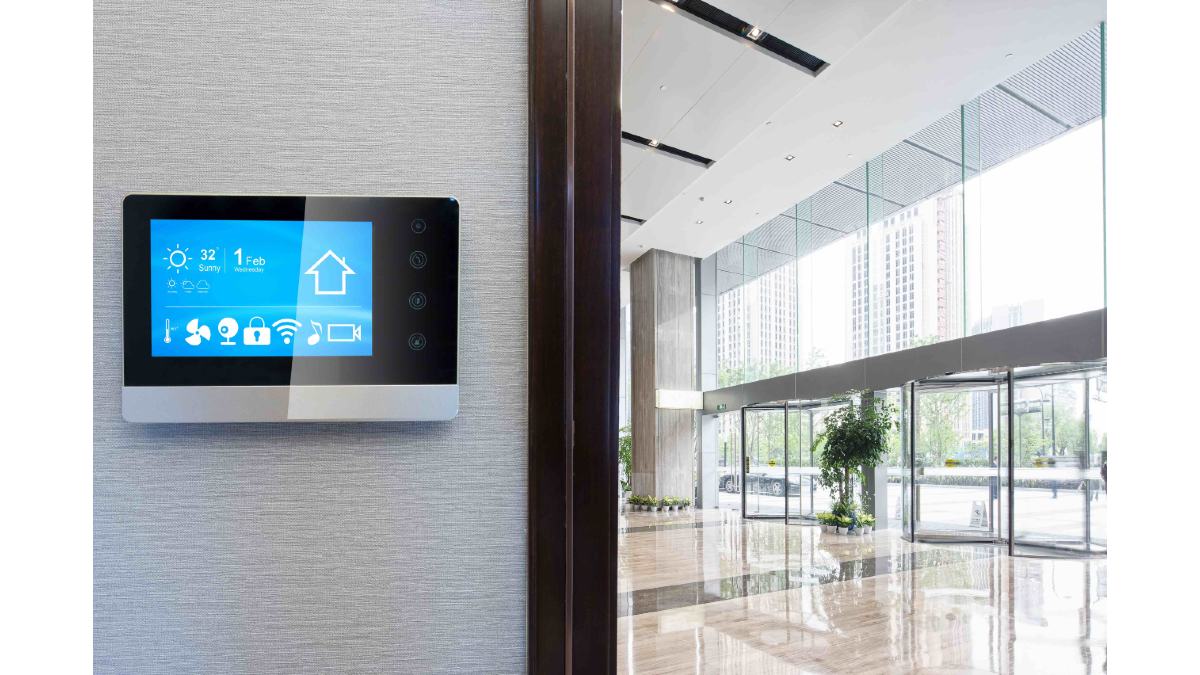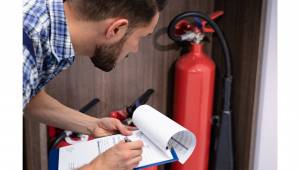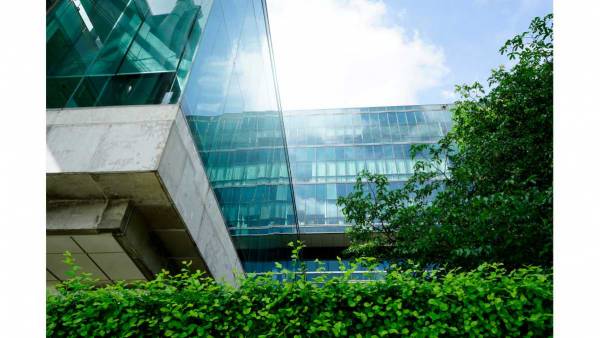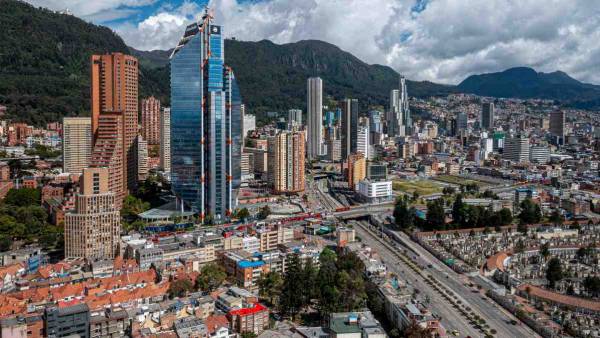Latin America. Making cities more inclusive, safe, resilient and sustainable is one of the Sustainable Development Goals proposed by the United Nations. A key task, considering that cities account for around 70% of global carbon emissions and more than 60% of resource use.
In this scenario, both the construction and operation of buildings have a high impact, especially because of the energy consumption they imply. According to the latest official figures, this sector generates 38% of global CO2 emissions related to energy, taking into account those linked to the construction industry and those related to its operation.
Thus, one of the focuses that have been raised is to change the way in which construction is conceived, modifying regulations and ensuring improved energy efficiency standards through ecological buildings and best practices in the field, starting from design to commissioning. In fact, the Global Alliance for Buildings and Construction of the United Nations Environment Programme (UNEP) has set out to improve energy use in construction by 30%, which has boosted the concept of "smart building".
Specifically, these are constructions that include, among other technologies, mechanisms for saving energy and water, where all control systems are centralized and automated, which prioritize the use of non-conventional energies and reduce expenses due to lower use of resources on a daily basis. "There are many innovative solutions, which apply to places already built, and allow to control and manage environmental efficiency variables. All the management of lighting, heating, water use and spaces are integrated to monitor, use them more consciously and according to real needs. In this way, the building has less environmental impact, while reducing costs and delivering better and more comfortable conditions to employees. We have calculated that the savings and reduction of consumption once the automations are carried out reach between 20% and 30%," says Pablo Psijas, Country Manager of Seal Telecom, a technology integrator company that has carried out projects to transform traditional properties into sustainable ones.
One of the issues of greatest concern is to reduce energy consumption and for that there are specific and "easily manageable actions that do not require large investments. There are simple technologies that help us automatically regulate the levels and types of lighting, depending on the weather, location of the desk, time of day, among others. You can also configure options for different times of the day and leave them programmed to ensure efficient operation.
In addition, with the occupancy sensors we get the lights, heating and screens to turn off automatically when there are no people in the place, "says the executive. The most interesting thing is that all the systems are unified, allowing "analyzing the data and periodically studying energy efficiency to maintain air conditioning equipment in ideal conditions and ensuring, at the same time, that its operation is efficient to optimize costs".
Thus, thinking about more sustainable buildings is essential if we want to meet the challenges posed by 2030 and achieve the so-called cities of the future. A trend that, according to comments in the industry, is on the rise, since in 2019 spending on energy-efficient constructions increased for the first time in three years, to US $ 152,000 million, which represents 3% more than the previous twelve months.



























Leave your comment